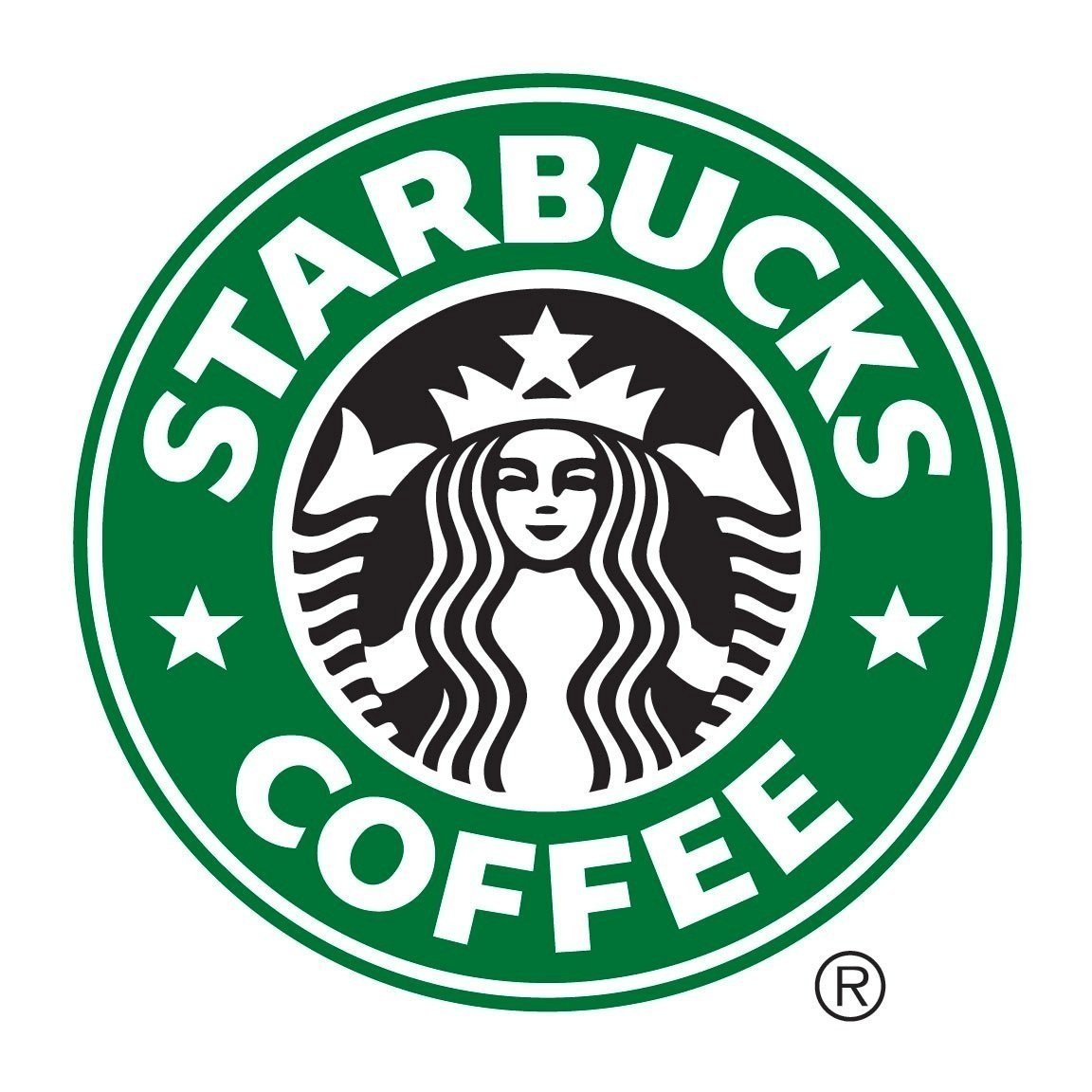FBDInspires #002: Unveiling the Magic of Trademarks in Graphic Design: The FSC Story
By Ruzica Pavlovic
Ruzica Pavlovic is Future by Design‘s Graphic Designer with a passion for crafting captivating branding, layout designs, logotypes, and art direction. Designing allows Ruzica to channel her creativity and passion into every project. She has experience working on impactful projects for the FSC, Green Climate Fund, REN21, World Health Organization and many more, with the common goal of making the world a better place.
©FSC / Dieter Kühl
Trademarks, whether registeredⓇ or unregistered™, are the magical symbols that make products and companies renowned. Graphic design plays a crucial role in transforming creative concepts into iconic legacies while amplifying brand identity.
Some of the world’s biggest companies are recognized instantly by billions of people by their trademark alone- Apple, Nike or McDonalds.
So, what are Trademarks? They’re recognizable symbols, words, phrases, or designs that make products and companies stand out. Forbes calls them ‘intellectual property marks’, and their purpose is to assign a unique identifier to goods and services so that buyers can determine with certainty who made them and where they came from. Whether registered or not, trademarks are the heroes of brand identity. [1]
But not all trademarks are created equal. There are two types. RegisteredⓇ trademarks come with legal protection and recognition. Unregistered™ trademarks don't have the same legal benefits but still carry weight in the market. Understanding the difference helps businesses decide which trademark suits their brand strategy best. [2]
In the world of graphic design, trademarks transcend legalities; they’re the secret ingredient that turns a creative concept into an iconic legacy. Graphic design elements play a crucial role in the development of a brand's trademarks, serving as the visual language that communicates identity. Colors, shapes, and fonts are carefully selected and arranged to form a distinctive and memorable trademark. This strategic use of design elements goes beyond pure aesthetics; it establishes a visual representation that consumers associate with a particular brand. This turns a simple symbol into an architect of a brand's identity, amplifying its influence and making it a very valuable asset. [3]
Which brings me to the Forest Stewardship Council. Future by Design is the lead creative agency for FSC, and I am the internal focal point for quality assurance checks on all FSC-related projects, which means I work closely with the branding team to ensure the trademarks are used correctly. Because of the care and thought put into the development of these trademarks, I want to shed light on their significance and share how designing a distinctive trademark played a pivotal role in establishing FSC's global recognition. The FSC® trademarks serve as ambassadors, reflecting FSC's mission and inspiring love for forests worldwide.
The FSC trademarks have become more than symbols. They are ambassadors crafted to promote FSC's mission and inspire a global love for forests. Since the FSC label is the world’s most trusted mark for sustainable forestry, protecting these trademarks globally is not just a legal formality; it's a strategic effort to keep credibility, ensuring businesses connected with FSC can use this trust that they’ve built with consumers all around the world.
FSC is a great example because its simple logo evolved into a symbol that transcends borders and cultures.
© FSC / Tristram Branscombe-Kent
FSC’s business model is built on FSC-certified products being recognizable. When you purchase FSC-labelled products, you’re helping forests, and the people who rely on them thrive. But you only know you’re buying a certified product when you see that tree on the label- that is the power of trademarking.
The transformative power of trademarking is evident as FSC's logo, once registered, transforms into a symbol that resonates with audiences. It becomes the face of the organization, presenting its values and fostering a connection with consumers passionate about sustainability. Trademarks, in this context, bridge the gap between a brand and its audience, speaking a universal language that goes beyond words.
© FSC / Dieter Kühl









